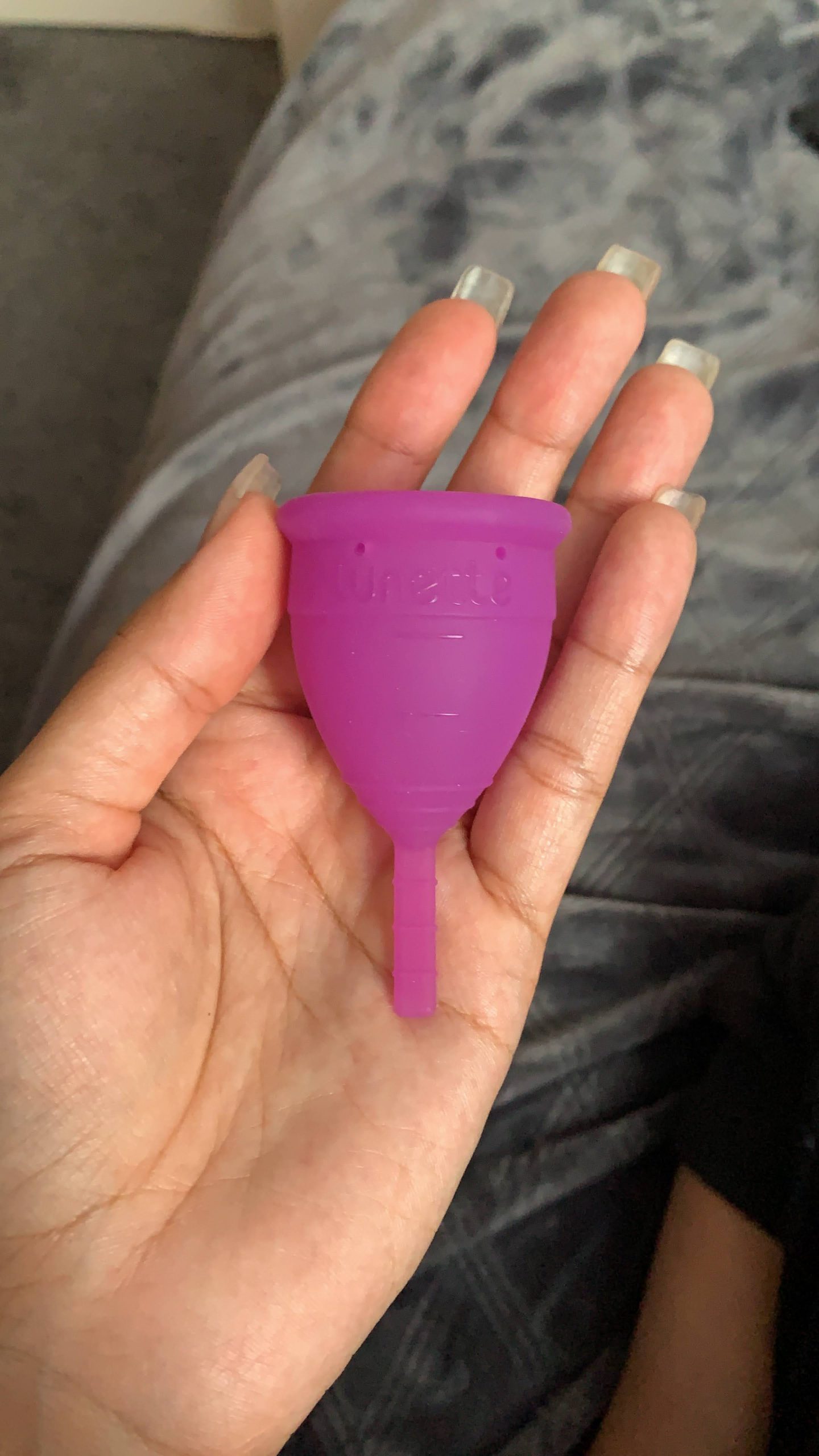How does Asbestos end up in makeup?
It’s a very surreal thought, having a material as dangerous as asbestos in makeup, the stuff we put on our skin, specifically our faces and around our noses. A more stomach-dropping thought is that in 2017, asbestos was found in children’s makeup products… Imagine someone playing with makeup as a kid and suffering from an asbestos related disease in their thirties, when they should be figuring out life, dealing with relationships and fighting with career choices. Asbestos is all around us, in our homes and in the products we use, but how does it actually get into makeup?
If you use makeup, you might be familiar with a very common product in it: talcum powder. Talcum powder, or talc, is used in a wide range of makeup, including, powder compacts, eye shadows, foundations, blushes, highlighters and creams. Talc dilutes pigments and makes a great filler in makeup because it leaves a silky texture and absorbs natural oils and moisture, leaving skin with a satin look. Talc is also used in baby powder to keep babies’ skin smooth and dry, preventing nappy rash, heat bumps and an irritable baby. In short, you have used talcum powder since you were a baby and you probably didn’t even know it.
But what does asbestos have to do with talcum powder?
Talc and asbestos are minerals that form together. When they are mining for talc, it can be contaminated with asbestos, but due to the poor regulations around cosmetic grade talc, it is often not tested for asbestos before it’s added to products. Companies are not purposely putting asbestos in talc, but because of this oversight, companies who are not actively testing their talc for asbestos and purifying their talc, may be harming their consumers.
While cosmetic manufacturers may try to avoid asbestos-contaminated talc, the lack of legislation means that products that are imported are not always tested for contamination and some manufacturers may not be as aggressive with their purification as others.
Talcum powder is added to a vast number of consumer products including cosmetics, deodorants, powders, balloons, clay, chalk, pills, textiles, contraception devices, feminine hygiene products and soap.
So how does one avoid asbestos-contaminated talc?
Labels like “all-natural” or “organic” won’t work as talc is a natural mineral. To avoid asbestos-contaminated talc, you will have to avoid talc altogether. It may be labelled as talc, talcum, talcum powder, cosmetic talc or magnesium silicate.
It is important to note that just because products contaminated with asbestos are sold to the public, it does not make it safe. Asbestos in any form is never safe.
The lack of legislation around asbestos contaminated talc, means that it is down to the consumer to educate themselves and avoid purchasing these products containing talc of their own accord. The only way to truly know if talc in a product as been contaminated with asbestos is through extensive testing.






